Introduction
Getting your first ham radio and license is an exciting milestone! If you’ve just received your radio but are still waiting for your antenna and coax to arrive, you might be wondering if it’s safe to power on your radio, change settings, and set up memory channels. Here’s some advice from the ham radio community to help you get started safely.
Is it Safe to Use Your Radio Without an Antenna?
As long as you don’t transmit, it’s perfectly safe to turn on your radio, change settings, and set up memory channels without an antenna or coax connected. Here are some tips to ensure you stay within safe practices:
-
Avoid Transmitting:
- No Mic Connection: To prevent accidental transmission, refrain from connecting the microphone.
- Low Power Settings: Set your radio to the lowest power setting available as an additional precaution.
-
Temporary Solutions for Receiving:
- Dummy Load: Consider using a dummy load for testing purposes. It’s a safer alternative to having no antenna connected.
- Wire Antenna: You can use a simple length of wire (e.g., 19 inches or more) as a temporary antenna for receiving signals. Just be sure not to transmit with this setup.
-
Manual Reading:
- RTFM (Read the Friendly Manual): Thoroughly read your radio’s manual to understand its functions and settings. Highlight key sections for quick reference.
Community Insights
Here are some useful tips shared by experienced hams:
-
Alternative Antennas: If you're eager to start receiving signals, you can use a piece of wire, a coat hanger, or even a screwdriver as a makeshift antenna. Just insert one end into the inner coax/antenna connector. Remember, this is for receiving only.
-
EchoLink: While waiting for your proper antenna, consider exploring EchoLink. It allows you to connect with other hams and gain valuable information without needing a physical antenna.
-
Memory Channels: When programming your radio, you can save the settings for your local 2-meter repeater (including TX, RX, and tone) into one memory spot for easy access later.
Congratulations and Next Steps
Congratulations on obtaining your ham radio license! This is just the beginning of a fascinating journey into the world of amateur radio. Here are a few steps to take next:
- Join a Club: Connect with a local ham radio club to find mentors and gain practical knowledge.
- Print the Manuals: Having a hard copy of your radio’s manual can be invaluable, especially in situations where you might not have access to digital devices.
- Install the Antenna: Once your antenna arrives, follow the proper installation guidelines. If you’re setting up a mobile or base station, ensure you check the SWR (Standing Wave Ratio) for optimal performance.
Conclusion
Setting up your new ham radio without an antenna is safe as long as you don’t transmit. Use this time to familiarize yourself with the radio’s functions and settings, and explore receiving options with temporary solutions. Happy listening, and welcome to the ham radio community!
For more information and resources, visit the ARRL website.


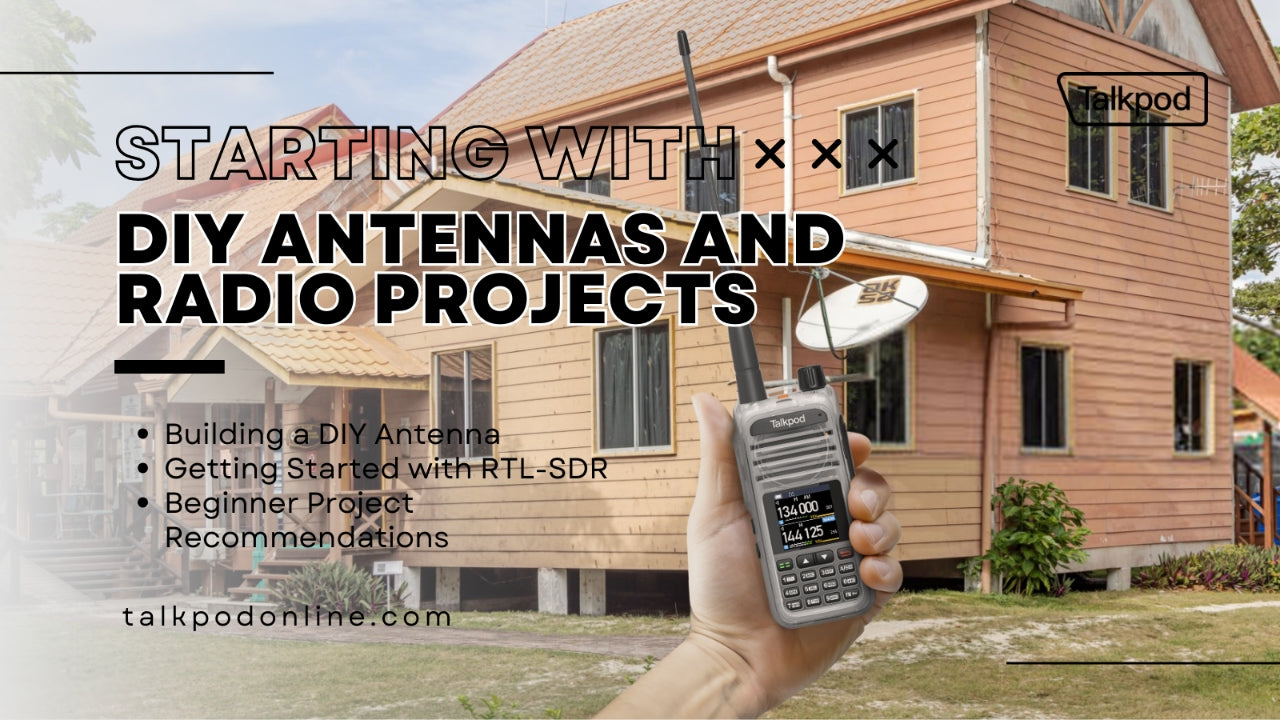
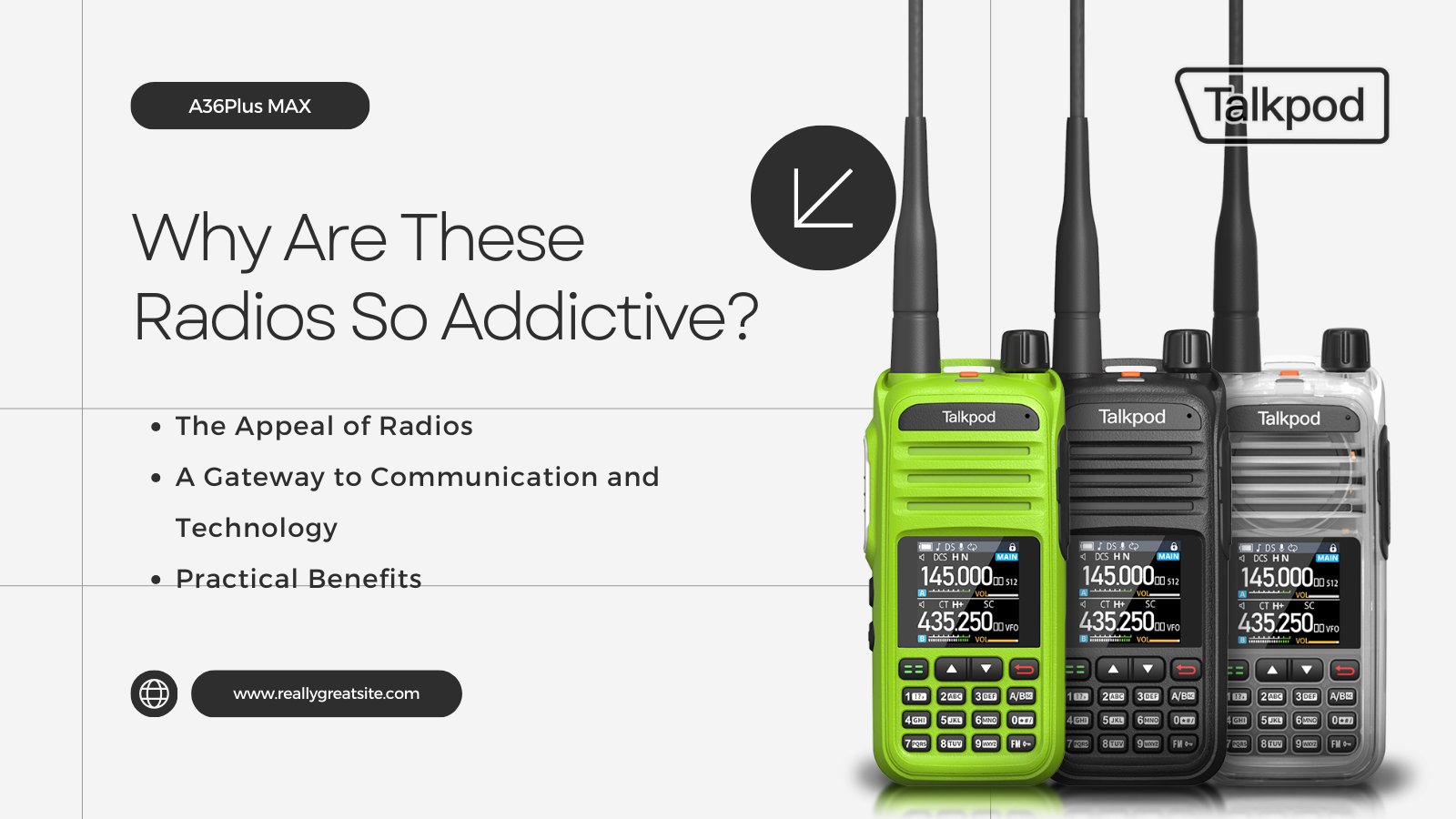
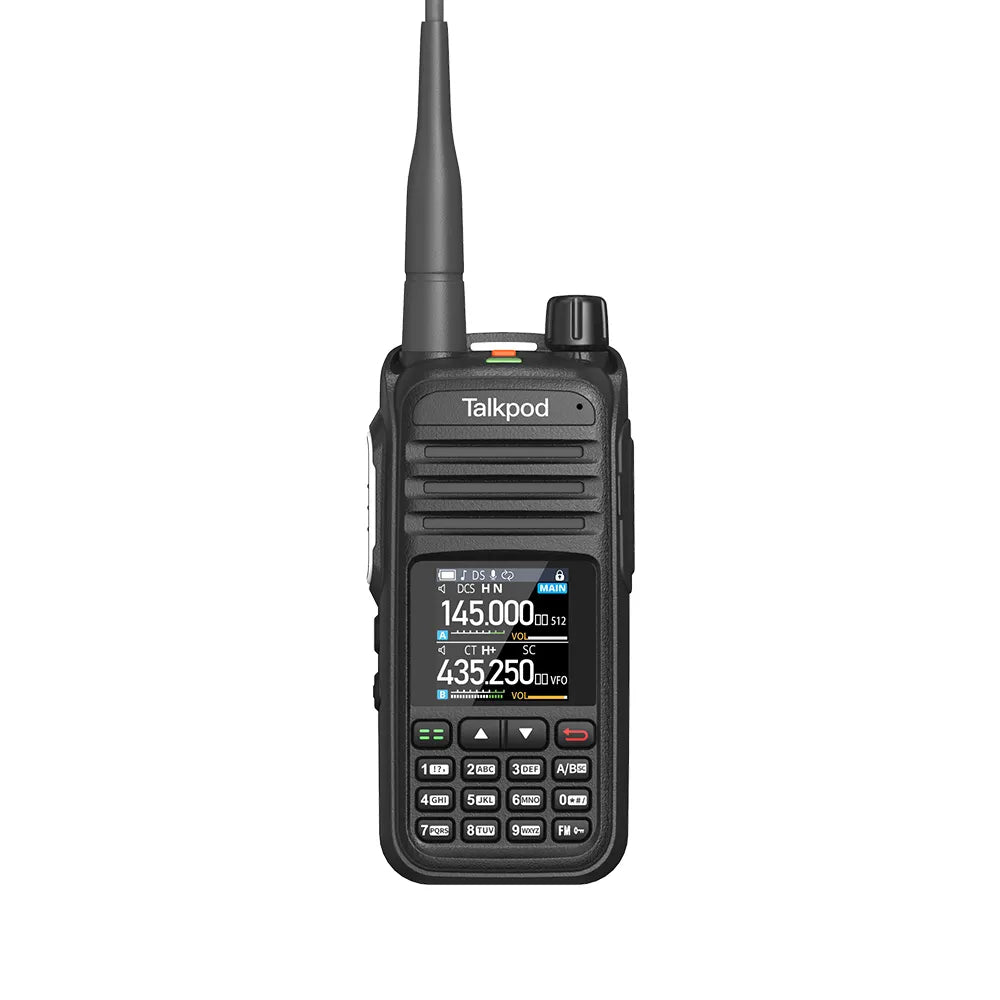
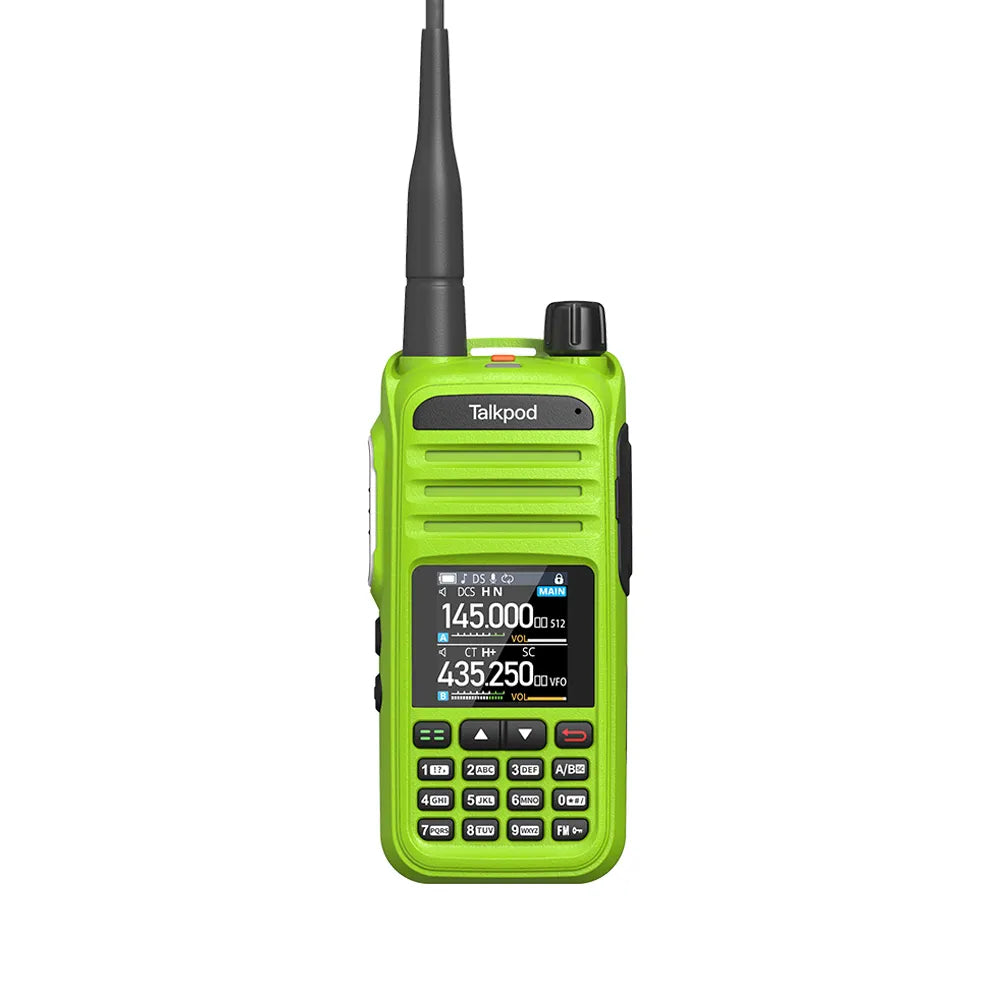
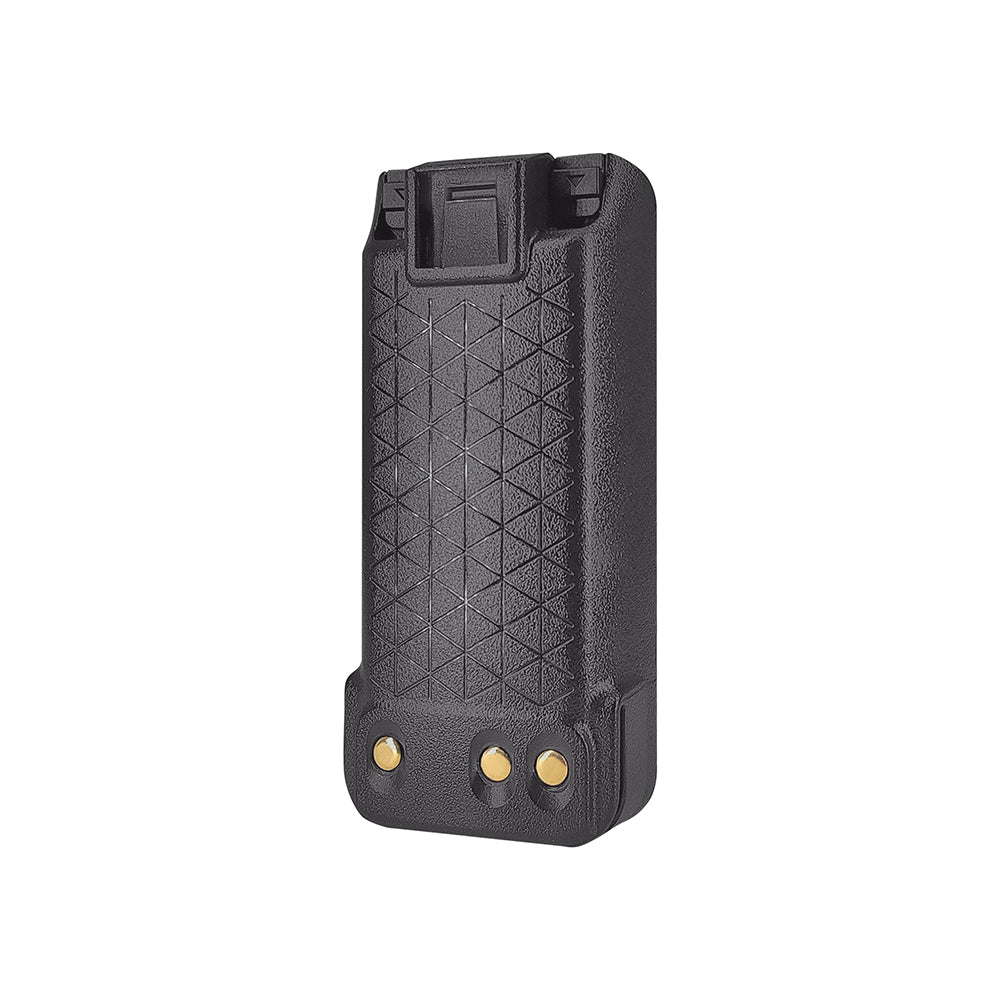
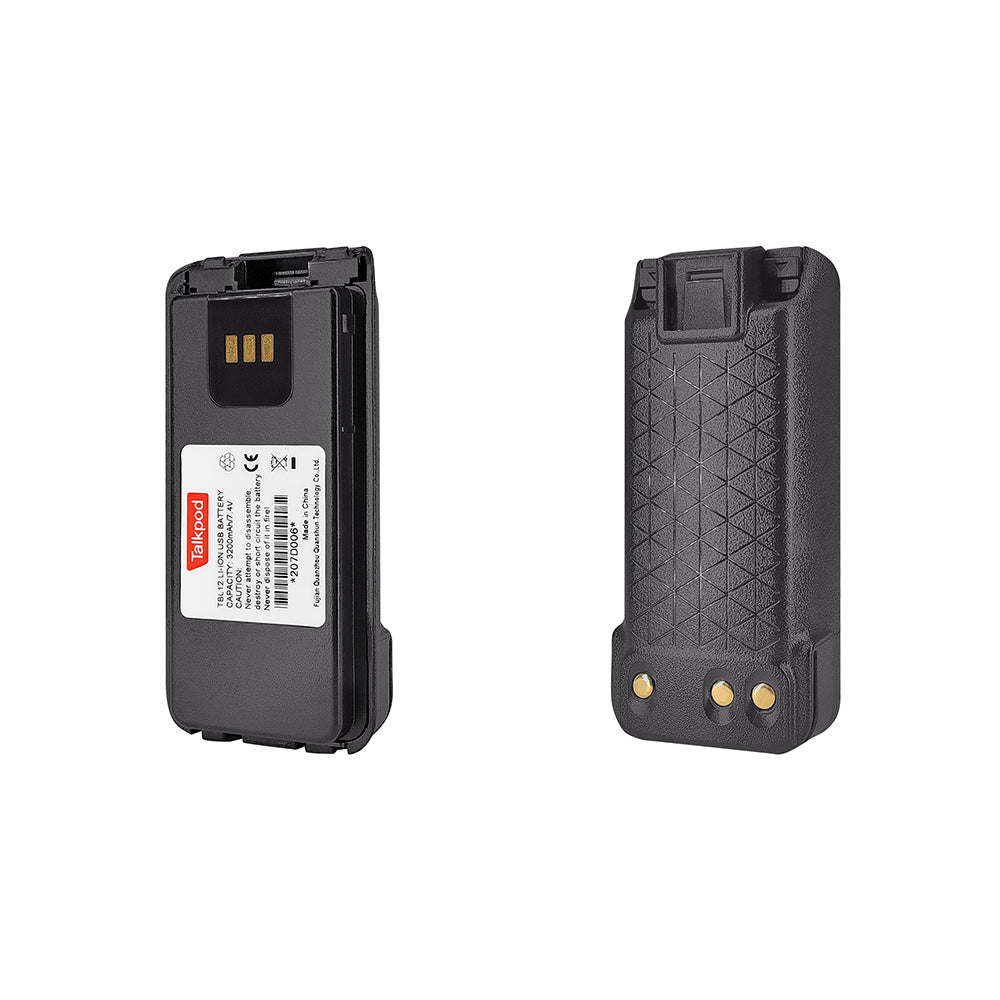
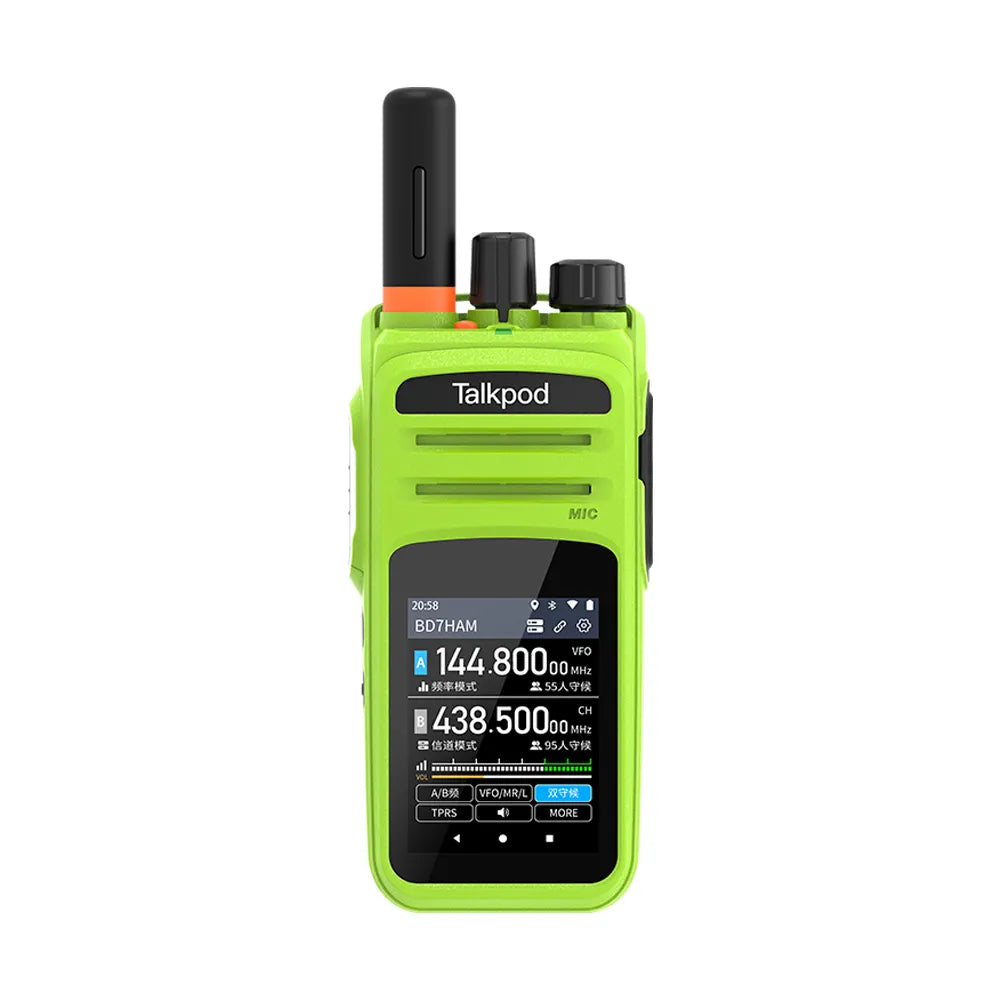
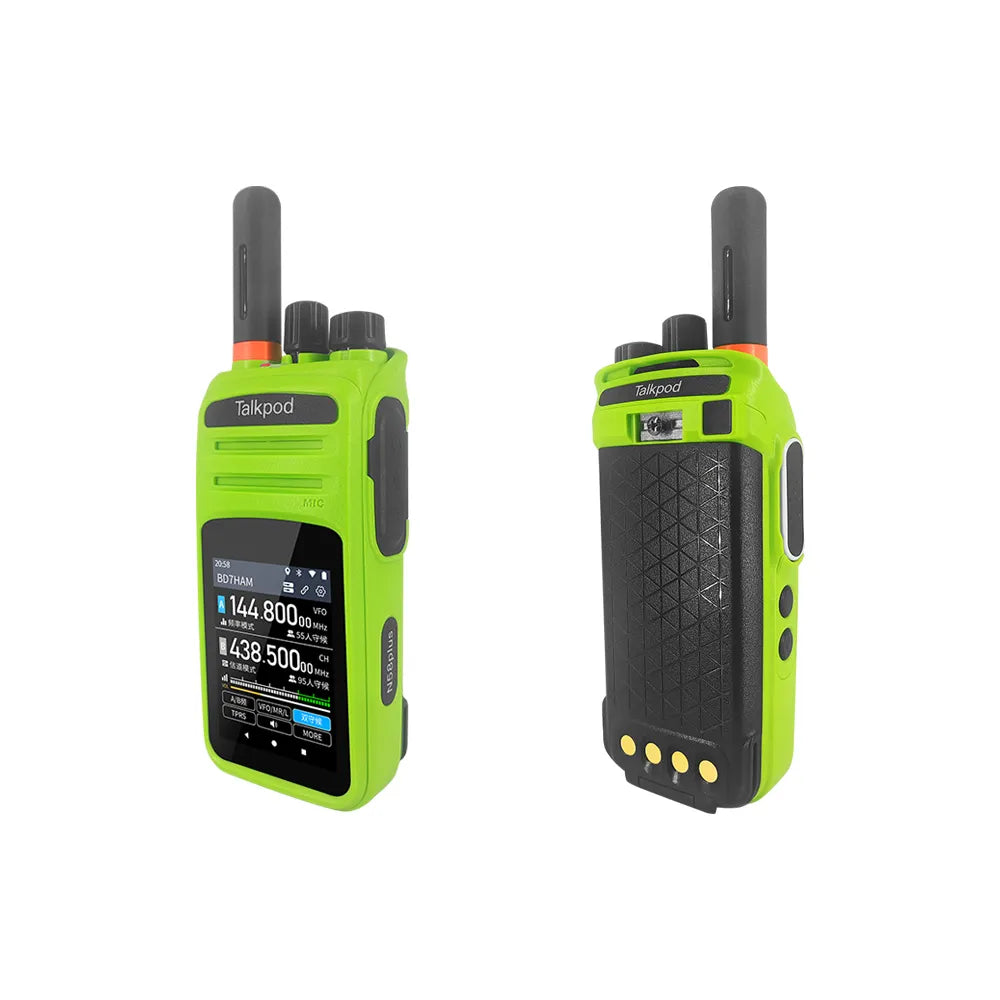
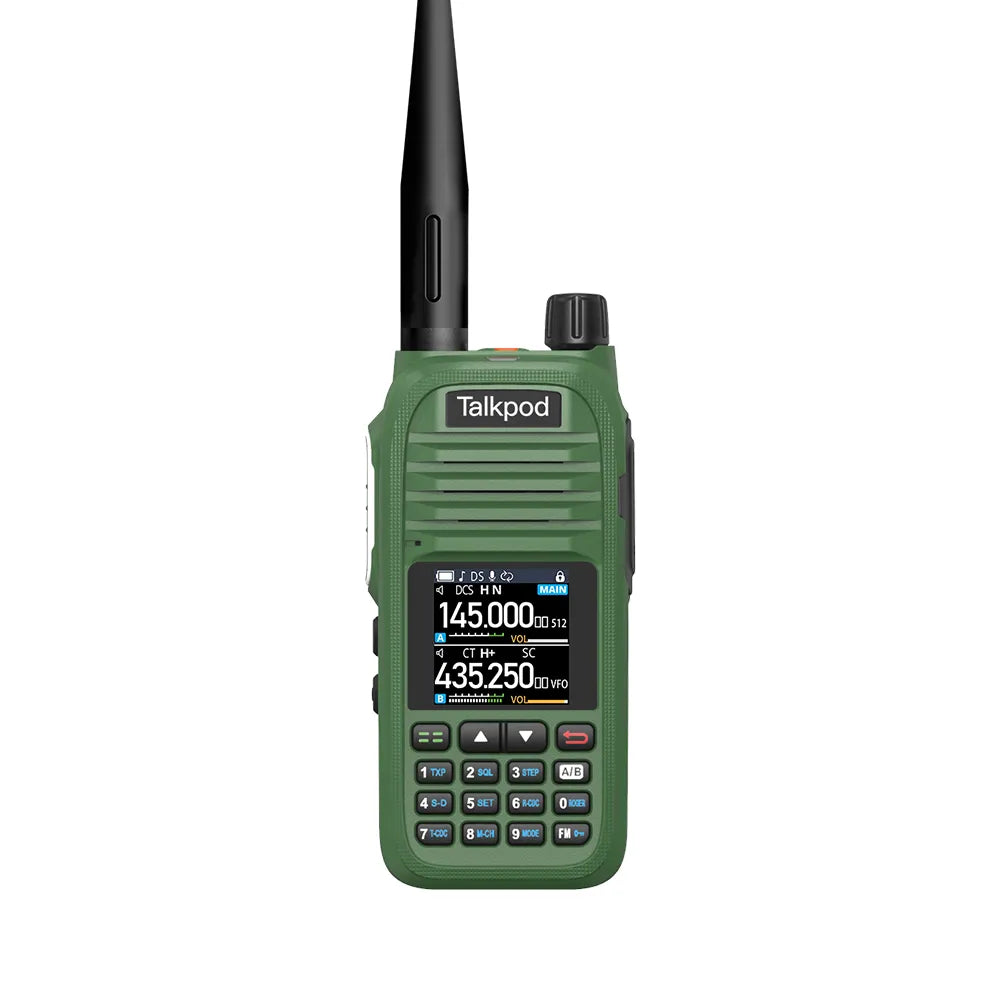
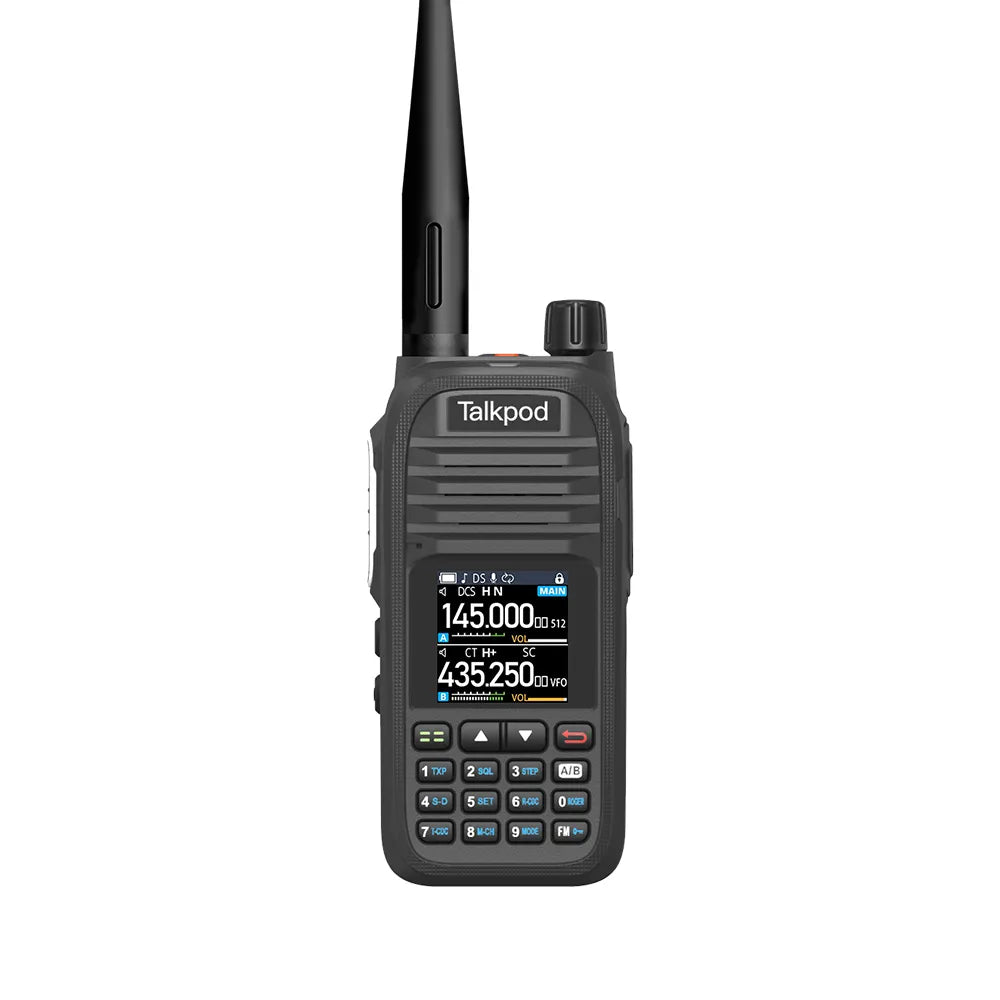
Leave a comment
All comments are moderated before being published.
This site is protected by hCaptcha and the hCaptcha Privacy Policy and Terms of Service apply.